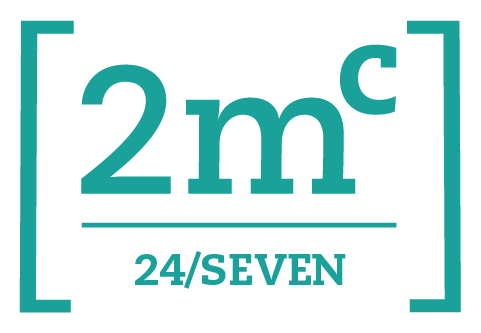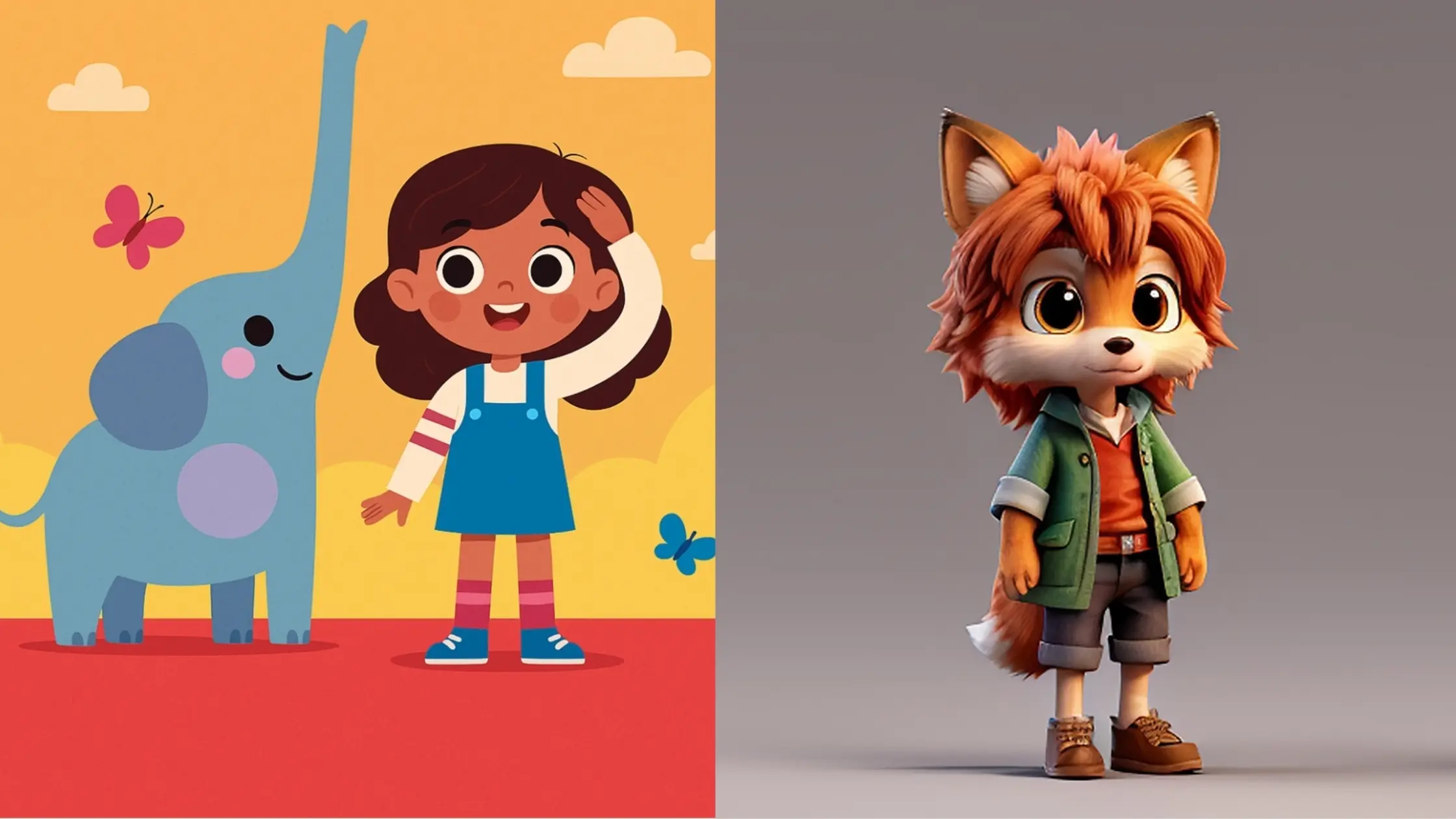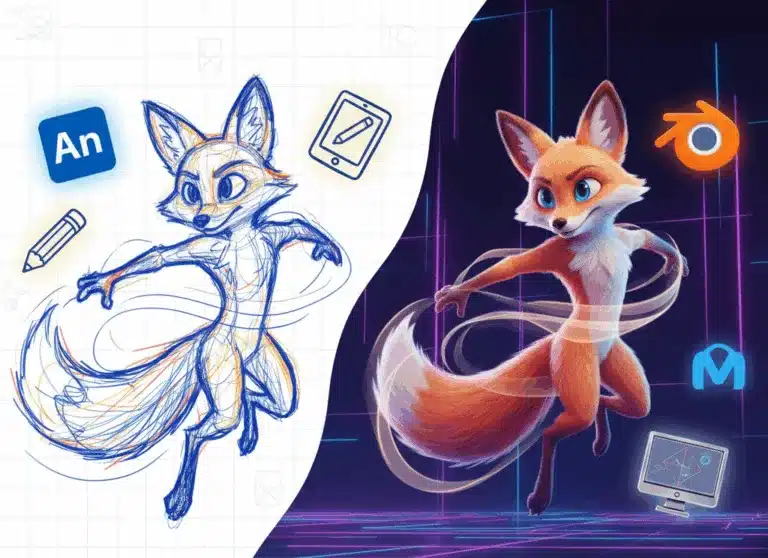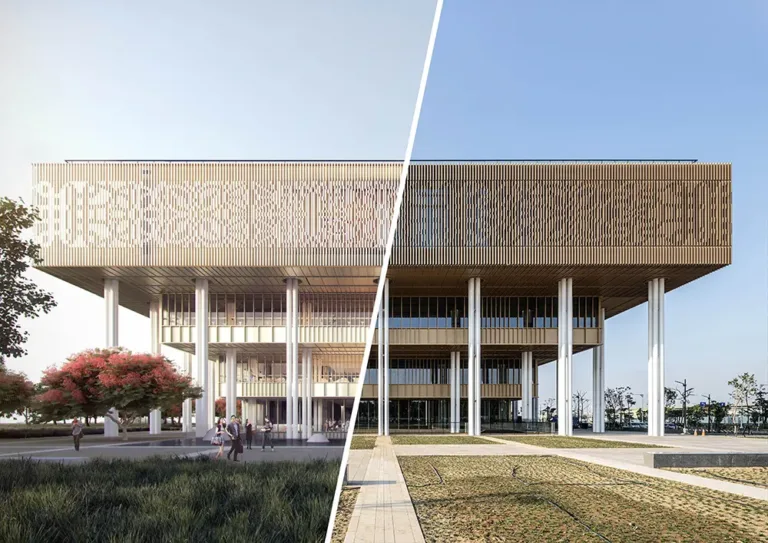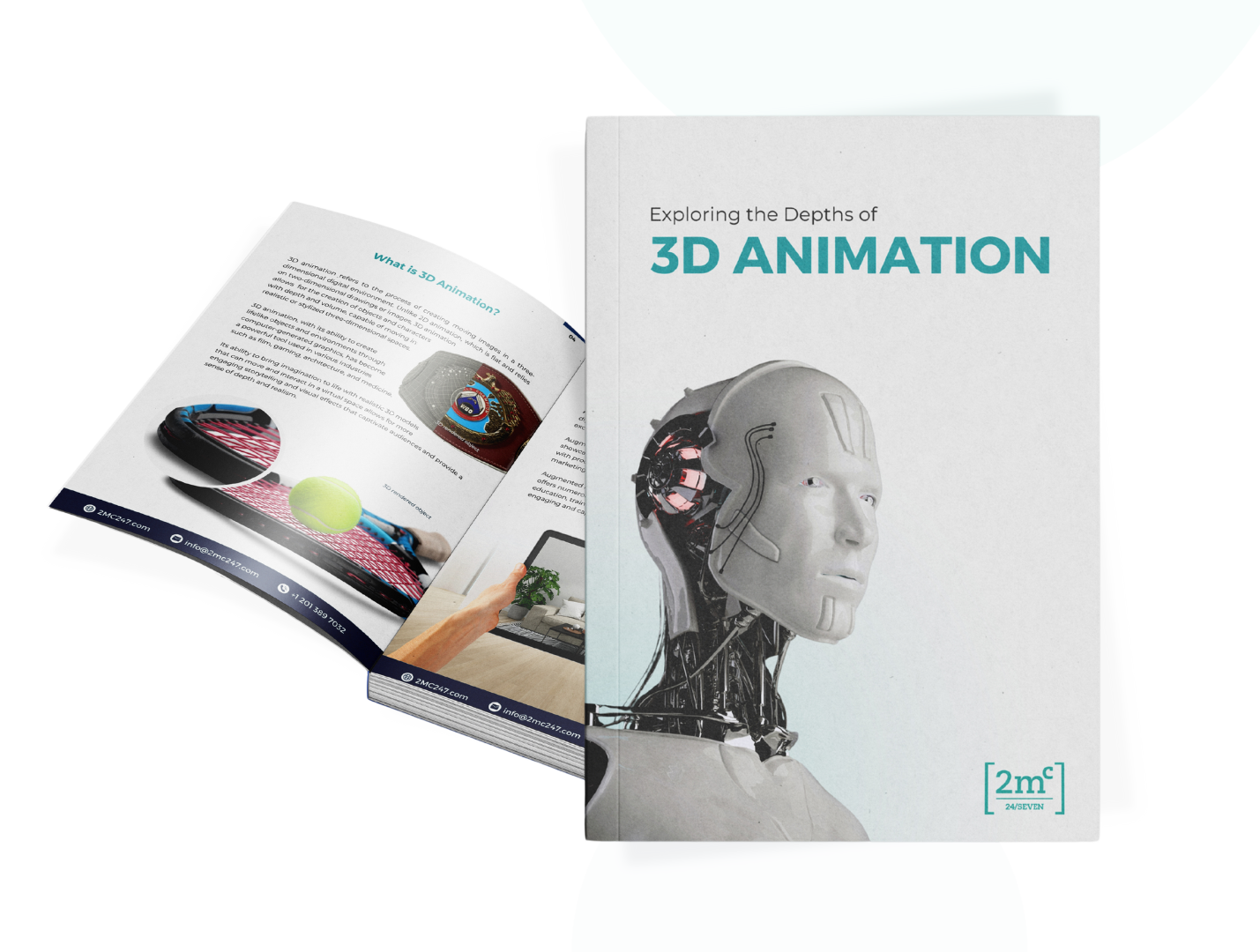With the rising demand for animated movies, TV shows, and video games, the opportunities for animators are expanding faster than ever. Whether it’s for marketing, education, entertainment, or gaming, animation continues to be one of the most dynamic and creative industries in the digital space.
One of the most common questions animation students ask is:
“Should I study 2D or 3D animation?”
To answer that, it’s important to understand the differences, benefits, and skills required for both.
What’s the Difference Between 2D and 3D Animation?
At its core, the biggest difference lies in how the animation is created:
2D Animation involves flat, two-dimensional visuals. Every frame is typically hand-drawn or created using digital tools. It’s highly artistic and rooted in traditional drawing.

3D Animation is more technical. It involves creating characters and objects in a three-dimensional digital environment using “rigs” (skeletons that allow for movement).
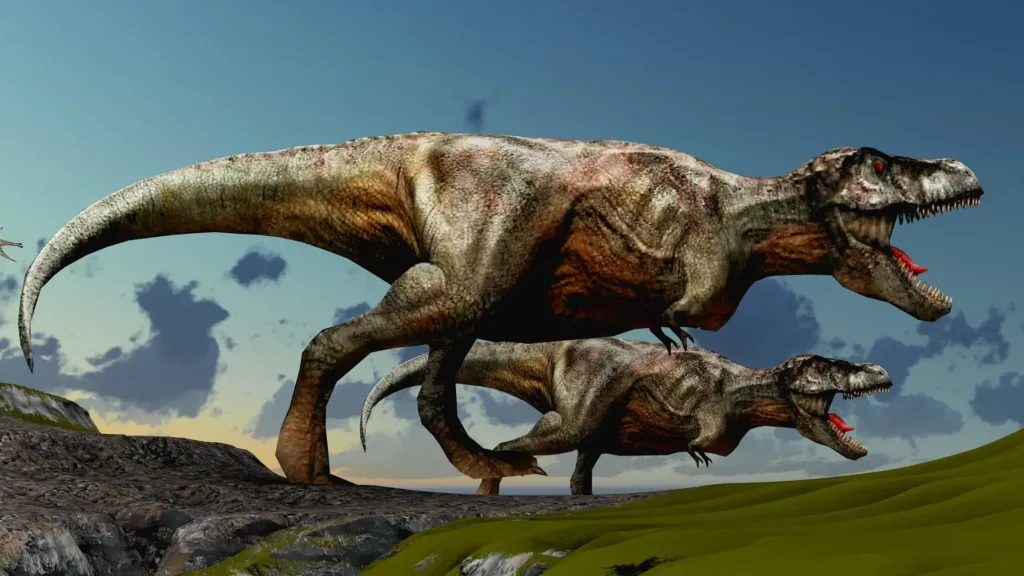
So, if 2D is like drawing flipbook cartoons, 3D is more like moving digital puppets in a realistic space..
What Are the Features of 2D Animation?
2D animation is created in a flat space, and movement is built frame by frame through drawing.
- Artists often begin with a storyboard of sequential images.
- Movements are created through small adjustments between drawings.
- It’s ideal for those who love drawing, design, and visual storytelling.
- Classic examples: Tom and Jerry, The Jungle Book.
2D animation has a long and rich history, and many studios still use this timeless art form today.
How Does 3D Animation Work?
3D animation uses digital tools to bring characters to life in a three-dimensional space.
- Animators build a digital model of the character.
- They then rig the character with a skeleton.
- Movements—from walking to blinking—are programmed using software.
- 3D animations tend to look more realistic due to depth and lighting.
Examples include: Kung Fu Panda, Toy Story.
3D is a great fit for those who enjoy technical work, digital tools, and problem-solving with a mix of creativity and logic.
2D vs 3D: Pros and Cons
At 2MC 24/Seven, we emphasize that there’s no “better” style—only what’s better for you.
Here are a few things to keep in mind:
- Cost: Both 2D and 3D can be expensive and time-consuming to learn and produce.
- Hardware: You’ll need a powerful computer with a solid graphics card for professional-level animation.
- Remote Work: Both skill sets are excellent for remote, freelance, or studio careers.
- Transferable Skills: The 12 Principles of Animation apply to both 2D and 3D.
- Job Opportunities: Both styles offer robust and growing career paths.
Learning Format: More schools are embracing e-learning, making animation education more accessible.
So… Which One Should You Study?
The best answer? Try both.
But if you must choose only one:
- Go with 2D if you lean more toward drawing, illustration, and visual storytelling.
- Choose 3D if you enjoy technology, structure, and digital environments.
